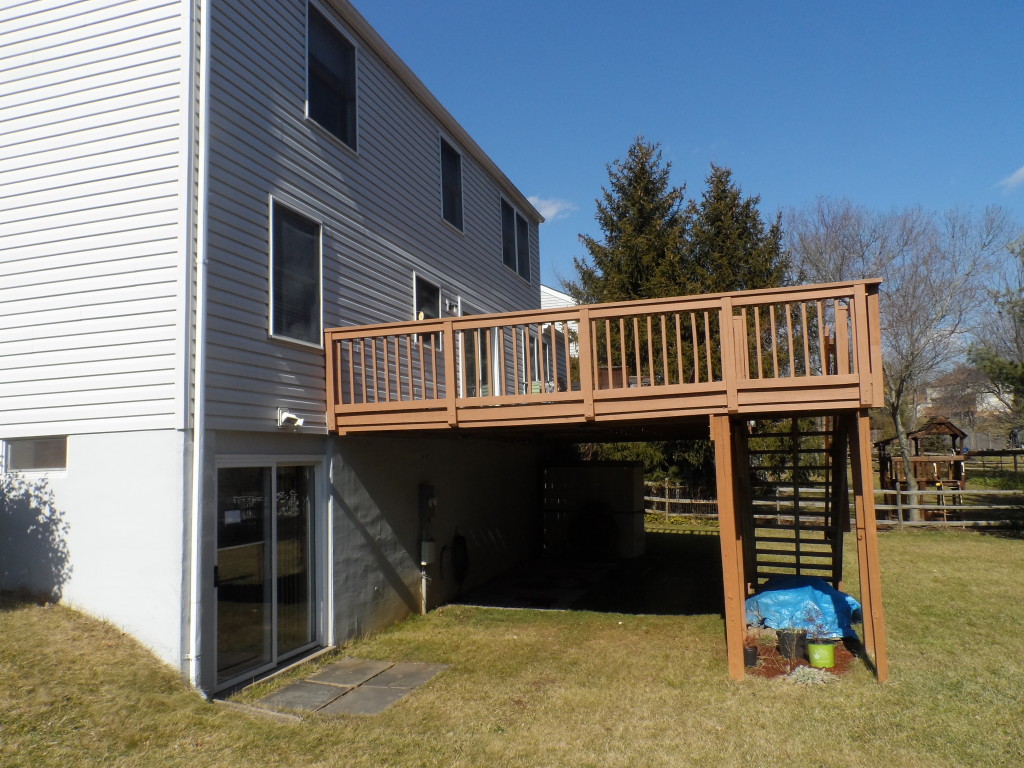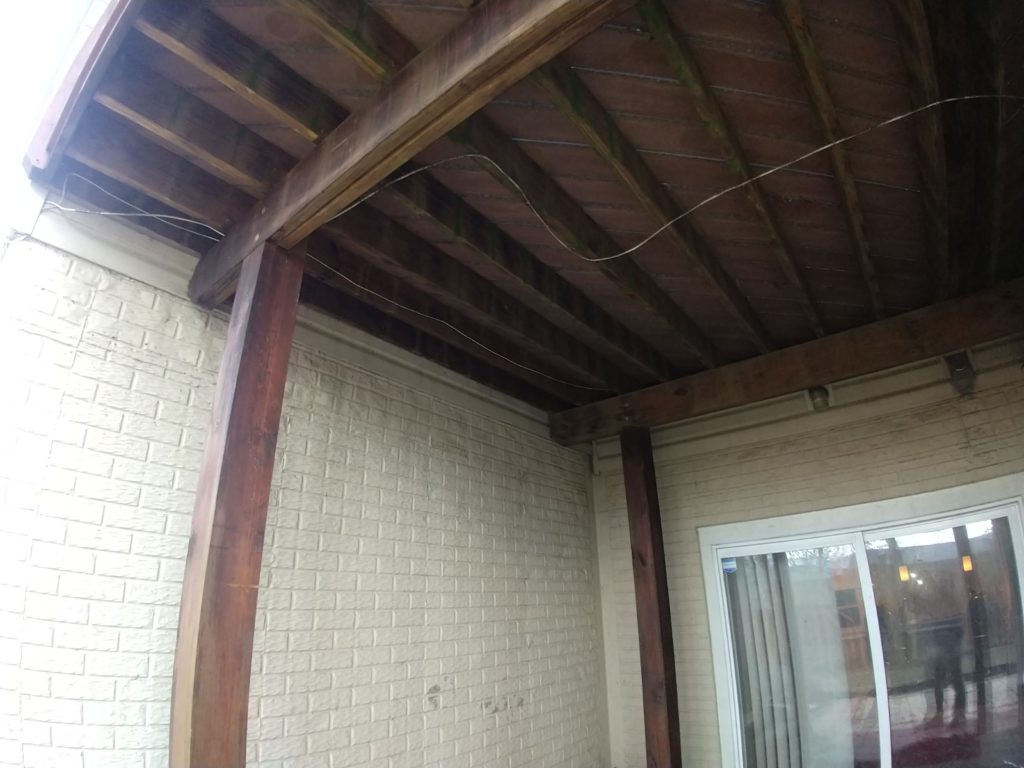Don’t be surprised if your home inspector says this: “So I’ve looked at your deck, checked the condition of the wood and fasteners, posts and beams, stairs and rails. I don’t see any damage and the deck looks safe. But you might want to repair it.”
Listen to her, she’s right.
After years of inspecting decks, studying structural failures, and observing numerous installation mistakes, we have concluded that there is a fundamental flaw with residential deck construction that requires attention. Residential house decks are different from other structural parts of the house: 1) they are constantly exposed to weather and deteriorate at a much faster rate than other house components, 2) the most critical structural feature (the ledger board that attaches most decks to the house) is technically difficult to install and impossible to properly inspect, 3) a common failure mechanism of decks can be sudden, without any warning, and without visible signs.
Let’s dig deeper. Most decks are attached to the house at one end, and supported by a beam at the other end. The house-side of the deck is a concern. In the photograph below, the deck is attached with a ledger board, which relies on hardware connectors (such as bolts or screws) which can pull-out and fail without warning. If you read the code for how to install a deck ledger, you’d realize it would be easier to simultaneously recite Shakespeare, play chess, and open a pickle jar than correctly install a house ledger. Weighing the difficulty of installation and susceptibility to water damage, together with the questionable competence of many deck contractors, any inspector would be well-advised to tell you to make improvements.

While proactive actions such as removing drywall or siding for inspection, and testing ledger bolts/hardware for secureness may be effective, these “monitoring” actions would need to be done regularly to ensure a safe deck. Therefore, since deck ledger safety is fundamentally flawed, the sensible solution is to install a beam next to the house (below).

Should this be done for all decks? even brand-new decks? Based on our experience, yes it probably should. Ultimately, if the deck appears at all aged, or is suspected to be 10+ years, you are taking unnecessary risks with your safety by doing nothing.
